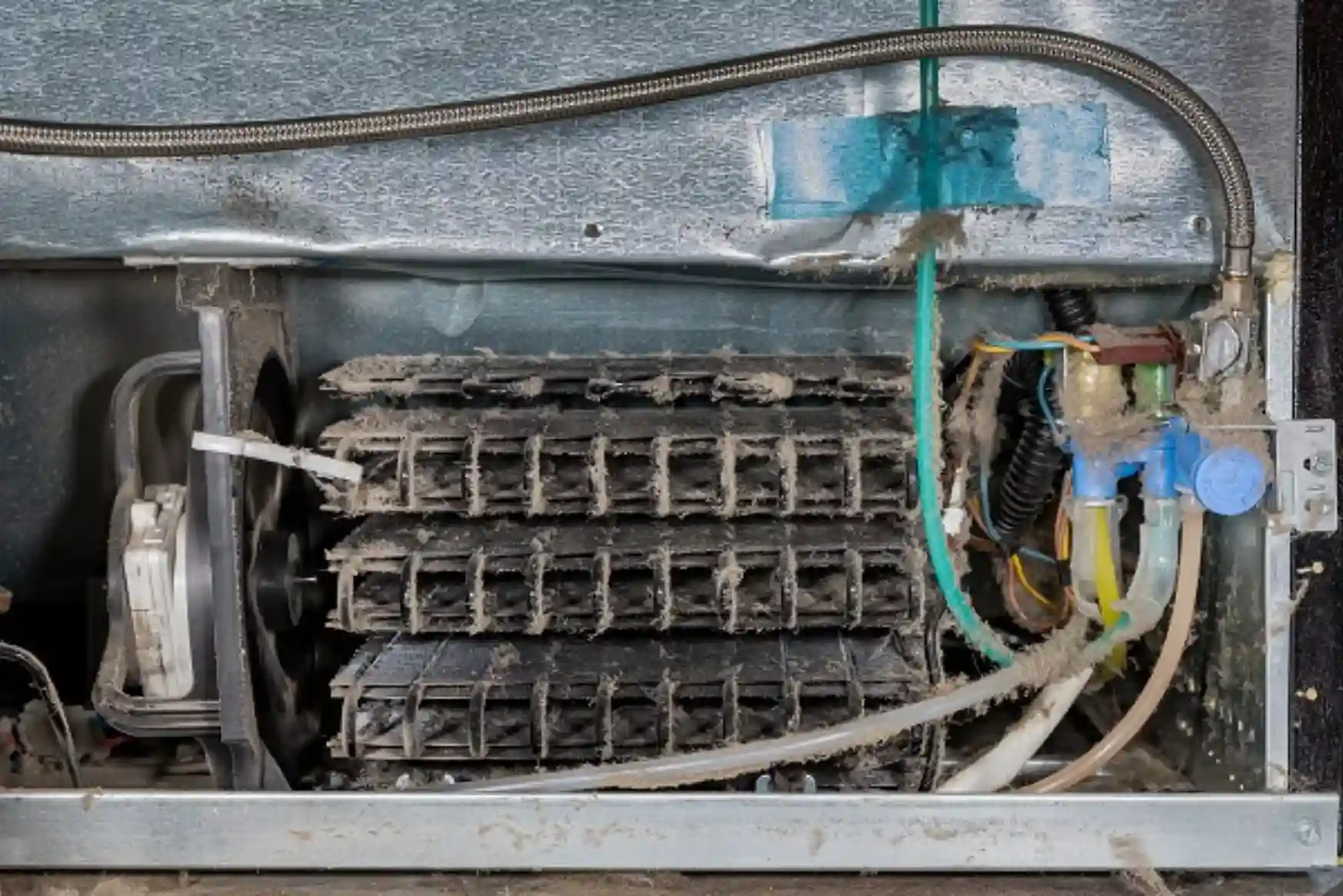When a homeowner fails to keep up with mortgage payments, the property may eventually go into foreclosure. Understanding the foreclosure process timeline is critical whether you’re a homeowner facing financial difficulty or an investor exploring real estate opportunities. The process can vary by state, lender, and loan type, but the general stages are similar. This guide walks you through the typical timeline, step by step, to help you understand what to expect.
Stage 1: Missed Mortgage Payments
The foreclosure process usually begins after a borrower misses a mortgage payment. Lenders may allow a short grace period, but after that, the account becomes delinquent. Typically, lenders start contacting the borrower within 10-15 days of the missed payment to discuss repayment options.
During this period, it’s essential to communicate with your lender. Many banks, including Emirates NBD mortgage providers, offer support services and may present alternatives like loan modification or temporary forbearance. The sooner you address the issue, the more likely you are to find a workable solution.
Stage 2: Notice of Default
If payments remain unpaid for 90 days, the lender usually files a Notice of Default (NOD). This is a formal declaration that the borrower has defaulted on the mortgage. The NOD is typically recorded with the county and serves as a public notice that foreclosure proceedings may begin.
This is a critical time to act. Homeowners may still have options to save their home, such as negotiating with the lender or seeking a short sale. Investors looking to buy distressed properties also begin monitoring these filings closely.
Stage 3: Pre-Foreclosure Period
Once the NOD is filed, the homeowner enters a pre-foreclosure period. This stage often lasts between 90 to 120 days. During this window, the borrower can still avoid foreclosure by:
- Paying the overdue amount
- Refinancing the loan
- Selling the home
- Requesting a deed in lieu of foreclosure
Many turn to financial tools or consulting services during this phase. For example, homeowners might consider checking the al fuad exchange rate to evaluate if foreign remittances can help pay off outstanding dues. You can monitor the al fuad exchange rate to make informed decisions if you’re dealing with international funds.
Stage 4: Notice of Trustee Sale or Foreclosure Lawsuit
Depending on the state, the next step is either a Notice of Trustee Sale (non-judicial foreclosure) or the lender filing a foreclosure lawsuit (judicial foreclosure).
- Non-Judicial Foreclosure: The trustee posts a notice and schedules a public auction.
- Judicial Foreclosure: The lender sues the borrower, and the court determines the next course of action.
Both options result in a public record of the impending foreclosure sale and provide the borrower with a final opportunity to act.
Stage 5: Auction Sale
If no resolution is reached, the property goes to auction. The timeline to this stage typically spans 120 to 180 days from the initial missed payment. At the auction, the home is sold to the highest bidder, often at a price below market value. The winning bidder must usually pay in cash or have financing in place.
This is a common entry point for real estate investors. However, buyers should conduct thorough due diligence, including reviewing outstanding liens and inspecting the property (if possible).
Stage 6: Post-Foreclosure and REO Properties
If the home does not sell at auction, it becomes Real Estate Owned (REO) by the lender. At this point, the bank may list the property for sale through traditional real estate channels. Buyers may find opportunities during this stage, sometimes with more flexibility in price and terms.
Lenders, including Emirates NBD mortgage departments, may offer special financing or incentives on REO properties. These listings are often promoted through bank websites or real estate portals.
Timeframes by State
Foreclosure timelines vary widely across the United States. In some states, a foreclosure can take as little as six months, while in others it may extend beyond a year. Here’s a rough estimate:
- Non-Judicial States: 4 to 6 months
- Judicial States: 6 to 12+ months
Borrowers and investors alike should familiarize themselves with local regulations and timelines to navigate the process effectively.
How Financial Factors Influence Foreclosure
Global economic conditions, currency exchange rates, and interest rates all play roles in foreclosure dynamics. For example, shifts in the al fuad exchange rate can influence how international homeowners manage mortgage payments. Sudden currency depreciation may result in higher effective payments if funds are remitted from abroad.
Similarly, rising interest rates can increase monthly payments on variable-rate mortgages, pushing more borrowers into default. This is where financial foresight and planning become vital.
Tools for Homeowners and Investors
Whether you’re facing foreclosure or looking to buy a foreclosed home, access to the right financial tools makes a difference. One such tool is an Emirates NBD mortgage, which offers competitive rates, flexible repayment options, and financial advisory services.
Additionally, understanding banking logistics—such as wire transfers, mortgage servicing, and even currency conversion—can make or break a deal. Make it a habit to track financial indicators and keep communication lines open with your lender.
Final Tips for Navigating the Foreclosure Timeline
- Act Quickly: Time is limited at each stage, especially early on.
- Get Legal Advice: Foreclosure involves complex legal procedures. A qualified attorney can protect your rights.
- Understand Financing: Whether refinancing or purchasing a foreclosed property, tools like an Emirates NBD mortgage can simplify the process.
- Track Financial Indicators: Watch the al fuad exchange rate and interest trends to anticipate financial shifts.
- Research Thoroughly: Buyers should always conduct due diligence before bidding or purchasing.
Understanding the foreclosure process timeline puts you in a stronger position—whether to protect your current home or take advantage of investment opportunities. With the right knowledge and financial strategy, you can navigate the foreclosure journey with confidence.
Meta Title: Foreclosure Process Timeline Explained
Meta Description: Learn the complete foreclosure process timeline, from missed payments to auction and REO. Understand key steps, risks, and financial tips for homeowners.




